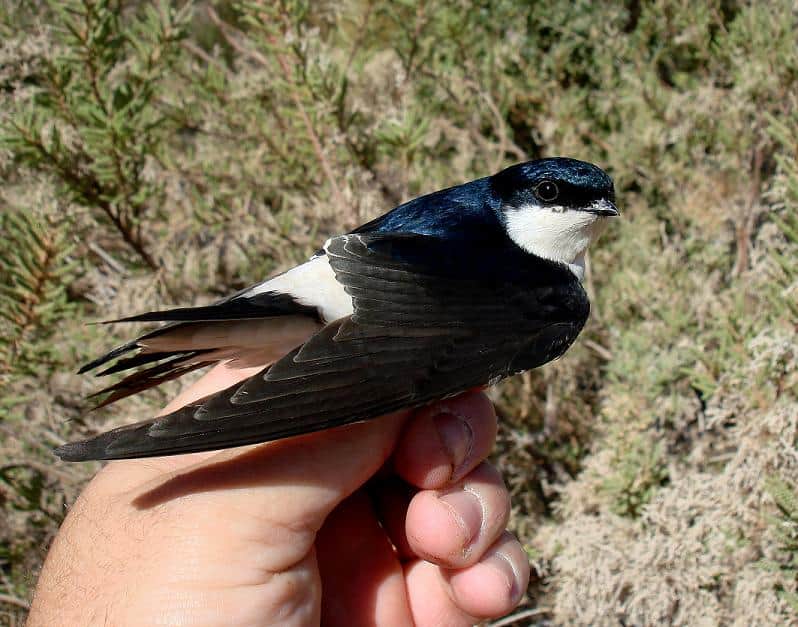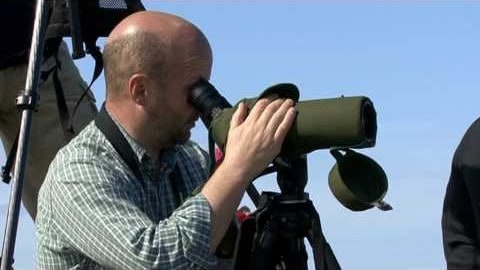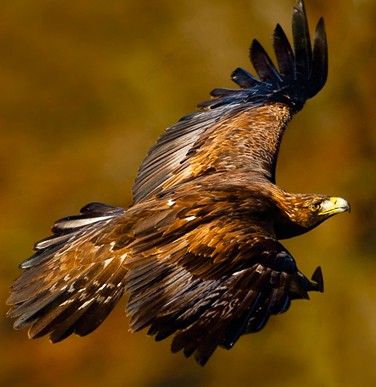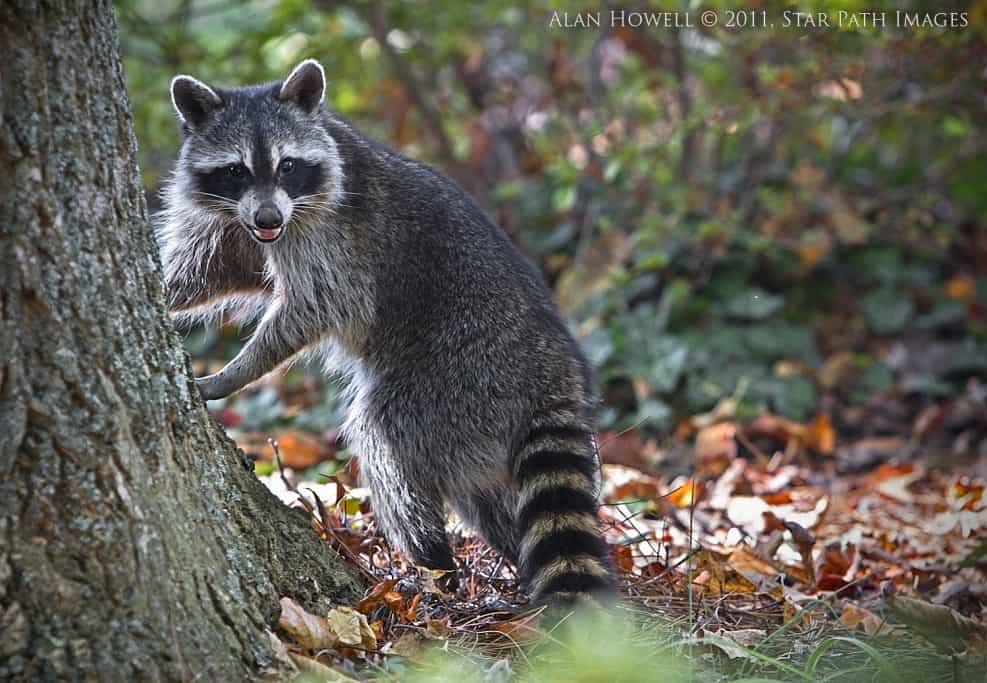MORE than 1,000 birdwatchers flocked to a Newport field after a bird, rarely seen this side of the Atlantic, was spotted there. A dog-walker spotted a yellow-throated warbler in a hedgerow on Friday morning and, after he posted a picture on the internet, birdwatchers from all over the UK travelled to the farmer’s field off […]

Spring alive…
This time of year is exceptionally thrilling for me; while the wintering species are still dominating, there are many “firsts” for the season that appear daily in different corners of the Arava and some of our breeding species already have brood-patches. During the last few days numbers of both Lesser and Common Whitethroats, Chiffchafs and Sedge Warblers have risen both in […]

Birds, Bins and Bullets Part 1 – Arrival and First Impressions
“Birds, Bins and Bullets” follows a group of birdwatchers from the north of England as they work alongside the Malta Police Force and Birdlife Malta volunteers in their fight against illegal hunting. Birds, Bins and Bullets received the “Honorable Mention for Conservation Message” in the 32nd International Wildlife Film Festival, Missoula, Montana USA in 2009 […]

Wind Eagle Take Permit Not Justified
American Bird Conservancy (ABC), the nation’s leading bird conservation organization, today sent a letter to the U.S. Fish and Wildlife Service (FWS) voicing strong concerns about the first-ever application for a special permit that would allow Golden Eagles to be incidentally killed. The proposed “incidental take permit,” submitted under the Bald and Golden Eagle Protection […]

Atmore man admits to killing protected migratory birds since 2006
An Atmore man has pleaded guilty in federal court to killing migratory birds and selling the feathers on the black market. Alexander Alvarez faces the possibility of seven and a half years in prison and fines totaling more than $500,000, according to a release from the U.S. Fish & Wildlife Service. He is scheduled to […]

Fool for the City
Why is Homo sapiens becoming an increasingly urban species? For the same simple reasons as raccoons (Procyonis lotor), it seems—more housing options and better restaurants (easy access to French fries and Dunkin Donuts, in particular). The more difficult question to answer is this: As we convert forests and pastures into prefabs and flower shops, are […]

Sylvan Sanctuary for Red Squirrels and Goshawks
Man-made conifer forests are vital sanctuaries for red squirrels, goshawks and others. The red squirrel or Eurasian red squirrel (Sciurus vulgaris) is a species of tree squirrel (genus Sciurus). A tree-dwelling omnivorous rodent, the red squirrel is common throughout Eurasia. The Goshawk hunts birds and mammals in a variety of woodland habitats, often utilizing a […]

Rare Raptors
Red kites and goshawks rear their chicks in Welsh woodlands. The Red Kite (Milvus milvus) is a medium-large bird of prey in the family Accipitridae, which also includes many other diurnal raptors such as eagles, buzzards and harriers. The species is currently endemic to the Western Palearctic region in Europe and northwest Africa, though formerly […]
